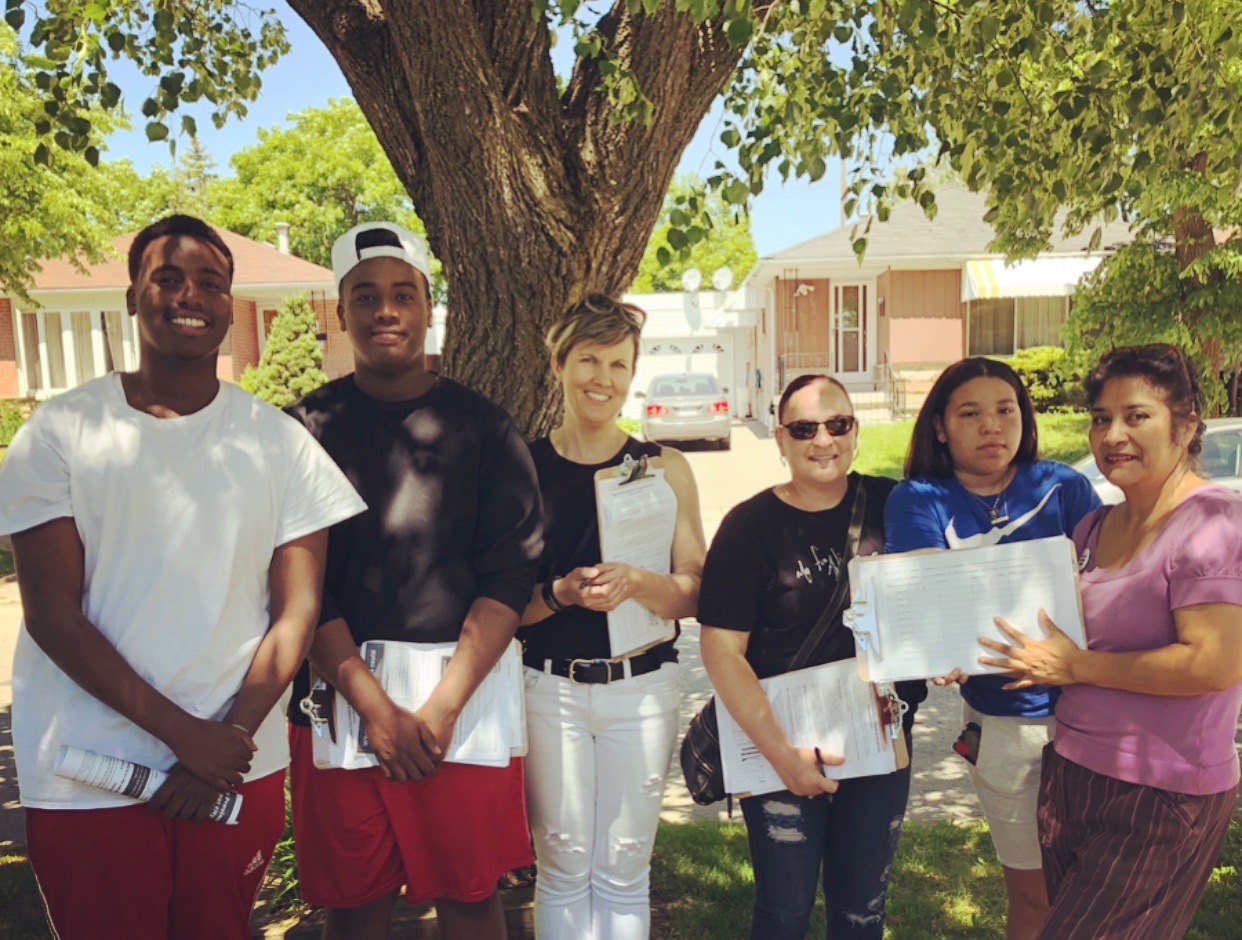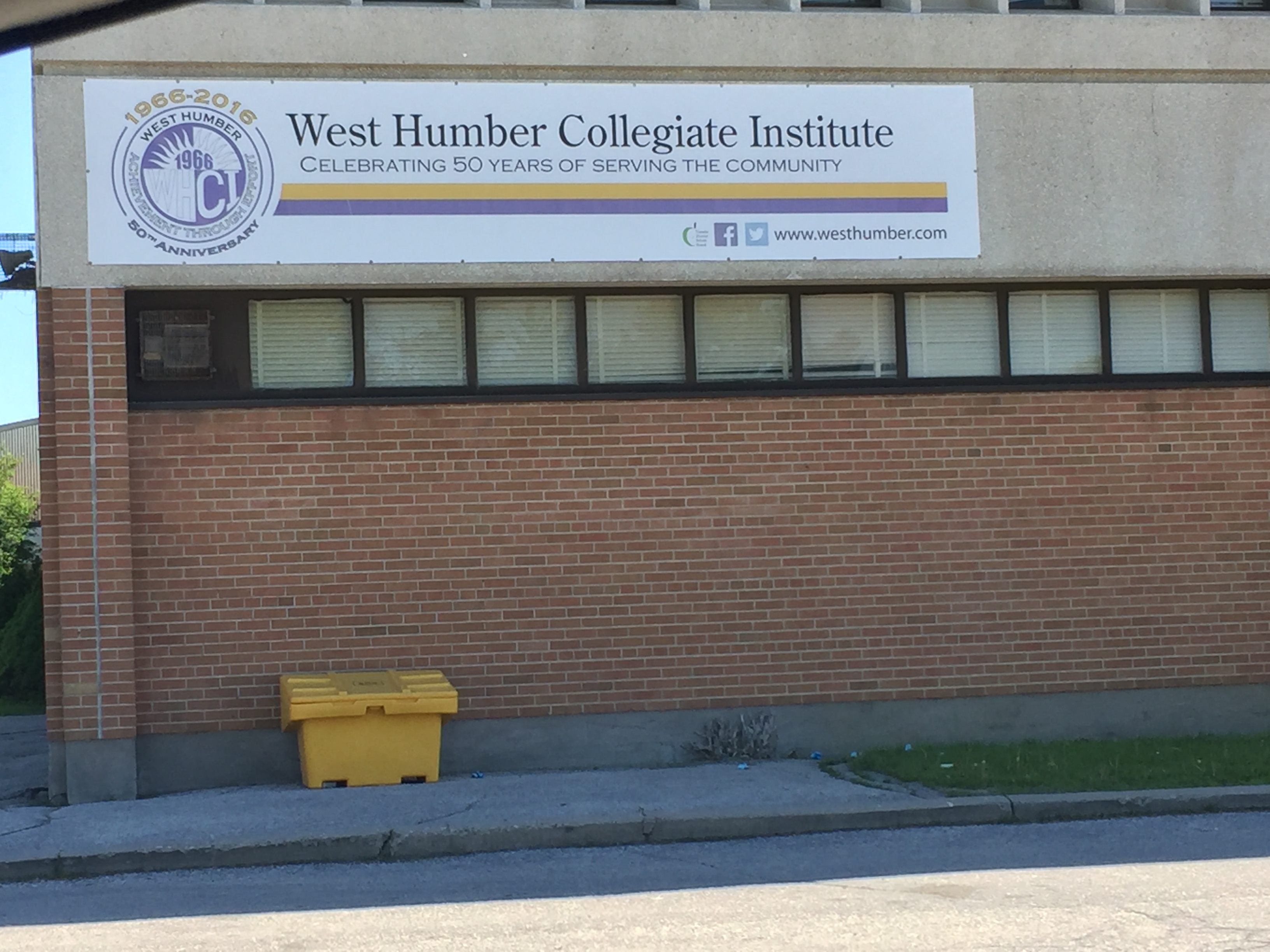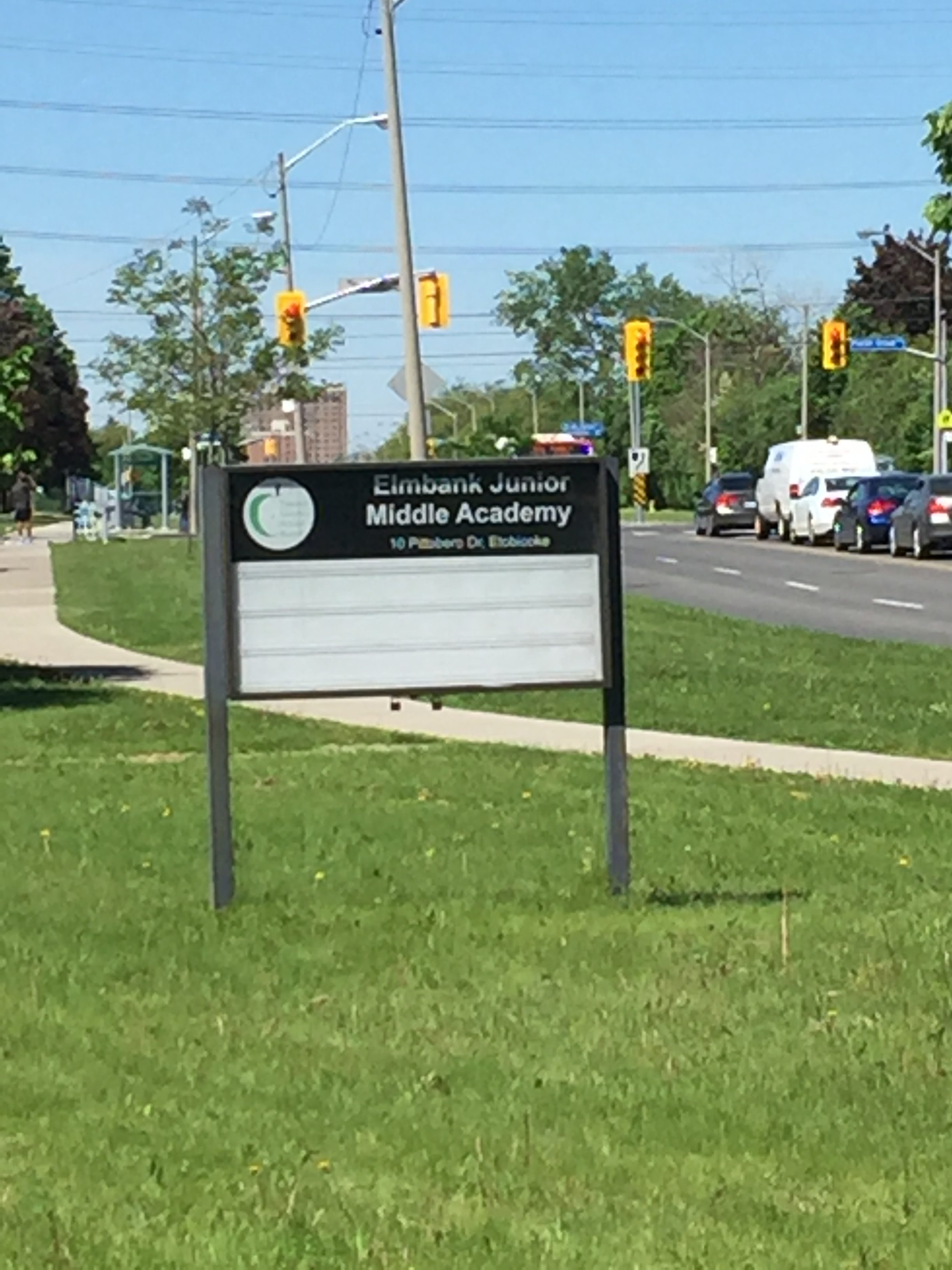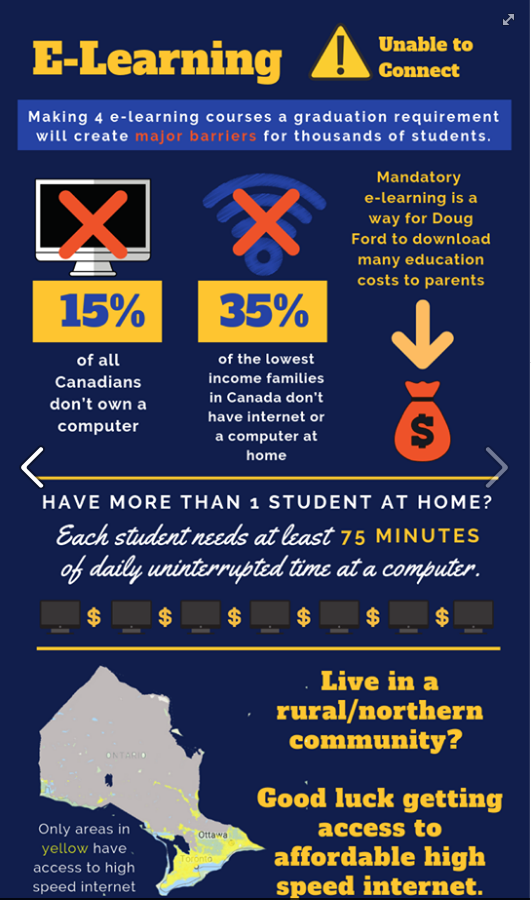Fix Our Schools was happy to volunteer this past weekend with Progress Toronto. We knocked on doors with other Progress Toronto volunteers in Etobicoke North to understand how people there are feeling about proposed cuts by Doug Ford’s government. Other teams of Progress Toronto volunteers knocked on doors in many other ridings.
Almost all the people we spoke with who expressed concerns about the provincial government’s proposals said that a properly funded public education system was a priority for them. Furthermore, we spoke with one teacher who works at many schools in Etobicoke North and she said the conditions she routinely sees in these schools are substandard and concerning. Not surprising, given that $178.4-million of disrepair exists in the publicly funded schools in Etobicoke North.
We also met many of Premier Ford’s constituents who support his provincial government unequivocally. These people most often said their largest concern was the provincial debt and its associated interest payments, which they believe will be a large financial burden to future generations. We posted a blog a while back entitled, “Why household overspending is worse than government overspending“, citing a well-respected economist who suggested that while household debt is almost always a bad thing, governments are a bit different. Unlike households, governments can make investments that stimulate economic growth. If a government takes on a deficit position to make these types of investments and the resulting economic growth is larger than the interest rate payments – then this is actually a very good thing. Hmmmm… some food for thought.









